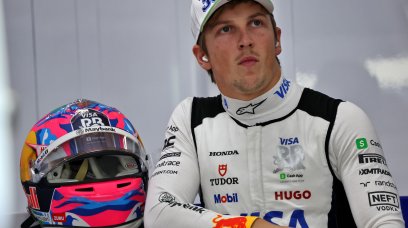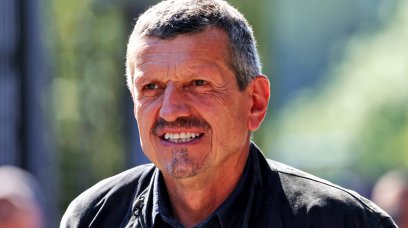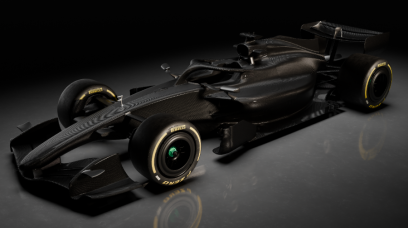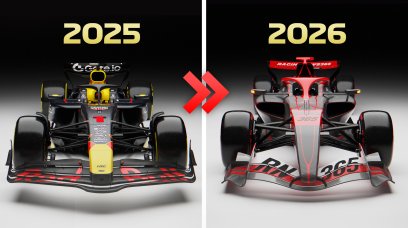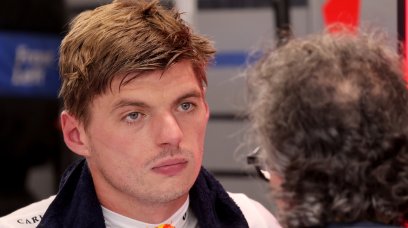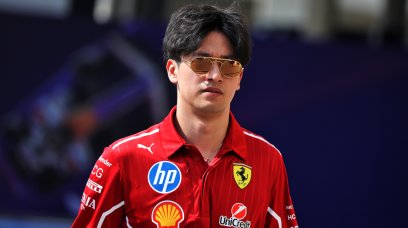Not content with comprehensively leading both of this year's Formula 1 World Championships, Red Bull will offer 50 (extremely) well-heeled individuals an opportunity of not only experiencing F1 levels of performance, but inviting a passenger to enjoy the experience. Announced today at its base in Milton Keynes, Red Bull Advanced Technologies - hi-tech off-shoot of the eponymous F1 Drivers' and Constructors' champions Red Bull Racing - the 1250bhp Red Bull RB17 slots neatly into the company's numbering system, effectively replacing the original RB17 Formula 1 car which was aborted after the sport's 2020 regulations were rolled over another year due to Covid. The two-seater, track-only hypercar is effectively a "Covid Baby", having been conceived by Red Bull Chief Technical Officer Adrian Newey when he had a few spare moments during the pandemic. "We'd had a lot of interest from people who asked, 'What's it like to drive a Formula 1 car? It started me thinking, 'How about we develop a two-seater capable of Formula 1 performance levels?' I started during the Christmas period, 2020-21," the design legend told RacingNews365.com last week, ahead of today's launch.
Why a two-seater Red Bull with a roof?
Asked why he had decided on a closed-roof two-seater rather than a classic open-wheeler, Newey said that a two-seater enhances the ownership experience while enabling him to design a car offering occupant safety while being totally unfettered by racing regulations or road car legislation. Indeed, while road registration will be theoretically with modifications, these will be up to an owner to execute without RBAT input. "A two-seater car just seems a lot more enjoyable for most people," he explained. "You might choose to have a coach with you; the coach can be either the driver or passenger. You can take your [partner], children, whoever you decide as passenger, so it makes for a more sociable experience." They will need cast-iron nerves, though: according to Red Bull Racing boss Christian Horner, "RB17 will be capable of setting outright lap records," while Newey reckons, "It will not disgrace itself on an [F1] grid."
Where did Red Bull's new car come from?
Horner explained how RB17 came about: "Adrian wanted to do a car [for us] back in 2014, and at that point in time we found a route through that by doing all the design work for the Valkyrie [hypercar] in partnership with Aston Martin. "Valkyrie is a stunning vehicle and I'm sure it will be a great success, but you're always learning, whether in Formula 1 or on the advanced technologies side. "[RBAT] has now existed for close to eight years and there's an awful lot of knowledge that has been built up in that time. "[But] with the budget cap era [in F1], if you want to retain resources there have to be projects that can justify their existence," Horner explained. "This is a perfect project utilising the skill sets that we have, so it will complement our Formula 1 activities rather than distract from them."
The statistics around one of Newey's 'greatest hits'
By way of comparison with the 1250kg, 4,8m Valkyrie, Newey says RB17 is, "A little bit bigger because of bigger tyres, wheelbase is a bit longer simply because in chasing a low centre of gravity you have the usual [F1] serial packaging problem: where to put the driver, then the fuel tank, then the engine, then energy recovery system, then the gearbox. "In truth, Valkyrie's wheelbase is a bit too short because it was designed as a road car. So, the [RB17] wheelbase is longer, and because of the slick tyres the car is a bit wider. "We are concentrating hard on weight, we are targeting 900 kilos plus driver. It’s got two seats and closed bodywork and closed roof, which cost weight [relative to F1]. You don't have the same degree of lifing as with [F1] components, so you design them to be longer-life components. All these add weight." As befits a design from the pen of the statistically the most successful race car designer in F1 history - 10 Constructors' and five Drivers' titles across three teams - the car positively bristles with the sorts of gizmos that were banned after they proved too successful. Indeed, RBAT Technical Director Rob Gray, who will have responsibility for manufacturing the car at the rate of around 15 per year, quipped, "Internally we call the car 'Adrian's Greatest Hits'." Gray explained that RB17 will be produced in-house from 2025 onwards, but that specialist components such as glass and gear sets will be outsourced: "Most of the car, the real core, we are capable of building in-house and we're really keen to make use of those core competencies. That's why we have such a low volume, we know how to build low volume, we don't want to do mass production."
A car with or without porpoising?
Against that background, what technologies will it feature given that it's been designed without compromise? "It will be a skirted car, so flexible skirts - because we can - and clearly large ground effect tunnels, active suspension as it could be driven on circuits that aren't as smooth as [F1 tracks] and we’re trying to avoid having very stiff suspension," Newey revealed to RacingNews365.com . "The only way to achieve that is to have active suspension. We've evolved active suspension in a good way, so it'll be another generation on [from 90s F1 cars]. It will also have exhaust blowing, [so] all the tricks that we've learned [in F1], in other words." He further clarified that the power unit will be an 1100bhp twin-turbo V8, with the 150bhp energy recovery system primarily providing "torque fill" and reducing throttle lag under acceleration. "[ERS] also helps in other areas, which I don't really want to go into at the moment," he smiled enigmatically. Given that the dreaded 'porpoising' reared its head when F1 went with ground effects tunnels for this year, which cause the cars to bounce as the sealed air caught between car and road surface escapes, does he expect such issues with RB17? Will the active suspension planned for RB17 cure the problem, as some drivers believe could be the case in F1? "The [threat of] porpoising is something we need to study in some detail. We've tried to design the car in a way which we feel won't lead to porpoising, but we need to do more checking on that very subject. Using active suspension to counteract porpoising is theoretically possible, [but] the hydraulic [pressure] that you might need could be prohibitive. It's better to tackle it at source."
Verstappen and Perez have an input
Newey and potential porpoising will not, though, be RB17's only connection to F1, for the team's drivers could find themselves doing duty: I think it's inevitable that [Max Verstappen and Sergio Perez] are going to have an input, to drive the car at some stages of its development," believes Horner. That the car is near and dear to Newey is clear from his comments when asked about his (own) all-time favourites: he speaks of RB17 in the same breath as the Leyton House CG901, Williams FW14 and its B version and the Red Bull RB5 – all of which recalibrated the needle of F1 car design. Is RB17 in that group? "I'm hoping [RB17] will be a car that is also seen as perhaps the first of a new genre that other people may try to join. It's something that's different, it's something that's new," smiled Newey, who freely confesses to having sketched road cars while at university, and readily references the Red Bull X1 concept car produced in partnership with Sony for its Gran Turismo video games as proof of his left-field projects. When all is said and done and dusted and the £5m (plus applicable taxes) hypercar trickles down the RBAT assembly line, will Newey be bagging Car #1 for himself? "We'll have an internal discussion, but I hope to get a car…" he grins.
Most read
